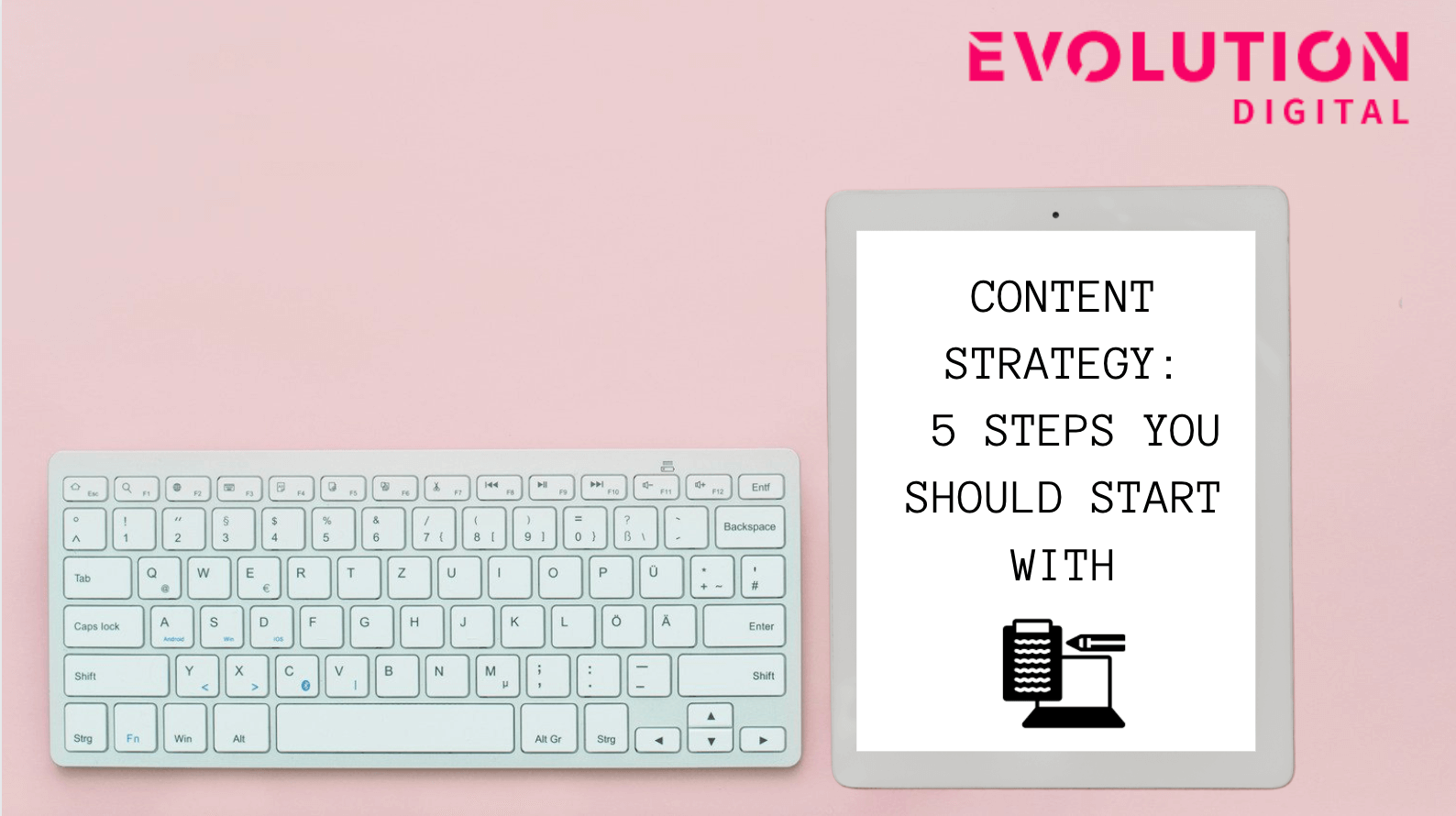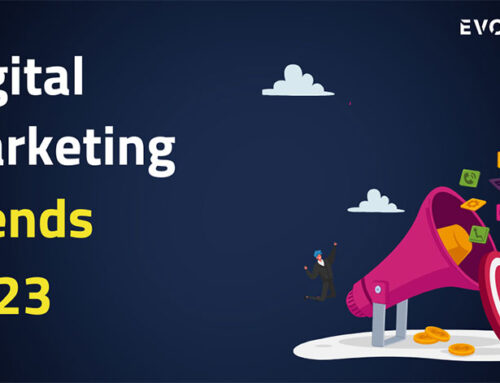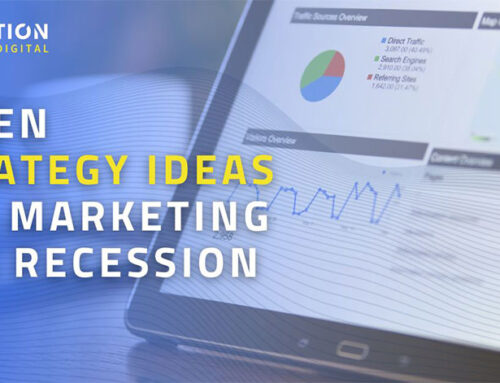Content Marketing: What Is It?
Everybody speaks about content strategy: you need it to rank well on Google, to be seen on social media and to build brand loyalty.
Now the time has come: you need a content strategy, you need to rank better than your competitors, you need returning and new visitors on your website and above all you need conversions, sales, money.
The meaning of Content marketing is in its two words: a brand creates online content that appeals to its audience in order to attract and retain customers. People constantly search for online content (blog articles, videos, photo books etc) whether it be for general knowledge, quick info, or for entertainment. Brands that can answer questions and at the same time entertain generate conversation about their products and brand.
For example, on the Lego Facebook Page you will find stories, news and competitions that are relevant to nostalgic adults, parents of the ‘the builders of tomorrow’ and to children too. Content can be in the form of a written informative article, a video, an infographic, a photo, a drawing, a comic, or anything that is relevant for a specific target audience. Why does this work for Lego? For several reasons:
1. People that like their content will share it on their personal social media accounts, thereby utilising the power of word of mouth and creating online discussions about it: brand awareness.
2. People that already know and like Lego will be emotionally attached to it, thereby creating returning customers: brand loyalty.
3. It informs people about their products keeping them entertained. It equals more sales.
5 Steps to Creating your own Content Strategy: How to do it
1 – Define yourself
Have “Who You Are” clear in your mind:
● What are the strengths of your products / services
● Your weaknesses
● What makes you different from your competitors
● How does what you sell / do help people
● Why should your customers return?
● Apart from selling your products / services, how can your knowledge and experience help your target audience in their daily activities and issues?
This will help you to craft the message to communicate and to create the right tone of voice that will be unique for you.
2 – Pick a specific target audience
You might sell a product or service that appeals to different age groups, to males as well as to females and to a variety of professions. Although your “buyers” could vary, your target audience should be specific. There is always a specific group of people in the world that cares more about what you do than others. The more specific (age, sex, profession, locality, how they dress, what they do on Saturday etc.) the better.
Not only will the people who care about what you do buy your service / product and remain loyal if they like it, but if you speak to people that really care about what you are and what you do, they will tell their friends. And it will spread and spread.
The more you know about your target market, the more chance there will be for you to create content that will appeal to them.
3 – Research
Once you know who you need to speak to and what you need to say, you might want to find out how to say it: what channel to use most, your tone of voice (funny, sarcastic, professional, authoritative, critical, a mix of a few depending on situation?) and how often to speak:
● What are your competitors doing for content marketing
● What channels does your target audience use most
● What are the trends. Google Trends and Keyword Planner are free tools that allow you to to know what are people searching and using what specific keywords.
● How to effectively use social media
● Once you know who exactly your target audience is you can find out about their behaviours: what issues can I solve? What information can I give them to simplify their lives?
4 – Create
You don’t need to be a writer / creative blogger to write your own blog posts and share updates on social media. Once you know what to say, to who and on what channel to say it, you just need to make people know about your knowledge and passion about a specific topic. Think about what interests them, what they research on Google, what they would share with their friends and think about something you can give them, even without promoting your products.
You might need some help from a creative digital agency if you need videos or more specific content.
The Volvo Truck video series are a good example about how engaging content that generates conversation and word of mouth can be created even for product like a truck.
5 – Make a plan & go!
Once you have your content it’s important to share it at the right time and spread it over the right amount of time. Use a calendar and make a schedule about what to share, on what channel and where. You can find stats on internet about best time to share a post on Facebook, LinkedIn and Twitter.
If you need help in planning your content strategy and tie it with your SEO and PPC activity get in touch with us and we can have a chat!
Now you are ready to go and if at the beginning everything does not work as expected remember: “There is no failure except in no longer trying.”




